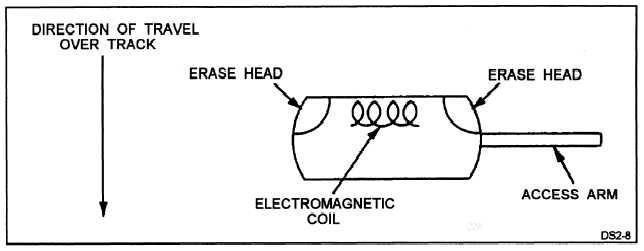Table 10-5.—The 5.25-Inch Disk Densities and Coercivities
Figure 10-8.—Construction of a floppy disk drive read/write head.
HEAD CONSTRUCTION. —Heads are made of
a soft ferrous material with electromagnetic coils for
reading and writing. The read head picks up changes in
magnetic flux as the disk moves past the head surface.
An electric current fed through the write head creates a
magnetic field around it. If the force of the magnetic
field is strong enough, the area on the disk is also
magnetized. By controlling the direction of current
flow through the head, we can also control the direction
of the magnetic field.
The write (record) head is
centered between two erase heads. Figure 10-8
illustrates the construction of a floppy disk drive
read/write head.
ERASE HEAD OPERATION. —As data is
written on the disk, the erase heads clip each edge of the
track, ensuring that data from one track does not “spill
over” to the next track. This form of recording is known
as tunnel erasure.
DENSITY AND COERCIVITY
Density is the measure of how much data can be
stored on a disk. The higher the density of the disk, the
more data can be reliably stored on the disk. Disk
density is measured in two ways: longitudinal density
and linear density.
Longitudinal Density —Longitudinal density is
defined by how many tracks per inch can be reliably
written on a disk. Longitudinal density is generally
expressed in tracks per inch (tpi).
Linear Density —Linear density is how many bits
per inch (bpi) can be stored on a disk track.
Coercivity is the magnetic field strength required to
properly record data.
It is measured in oersteds.
Coercivity is affectedly the magnetic material used and
the thickness of the material.
The 5.25-Inch Disk Densities and Coercivities
The 5.25-inch disks are rated by their density
capabilities and whether data can be stored on one or
both sides. A 360K disk is rated as DSDD, or
double-sided, double-density disk. The rating “double-
density” on these disks goes back to the very early days
of floppy disk development. Single-density disks are
no longer manufactured and the DSDD disk is often
called a low-density disk.
Table 10-5 show the common 5.25-inch disks in use
today with their densities and coercivities.
10-10


